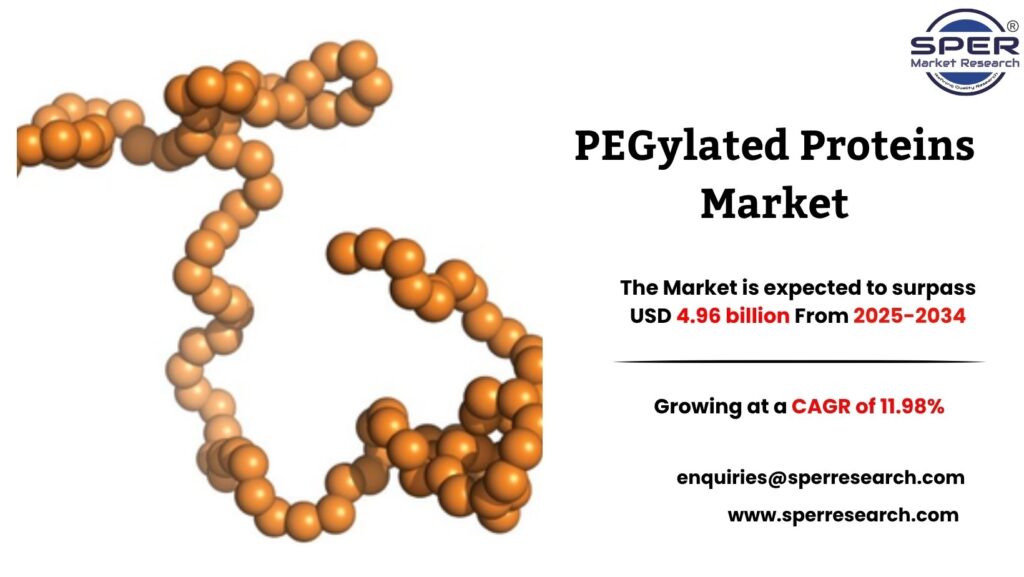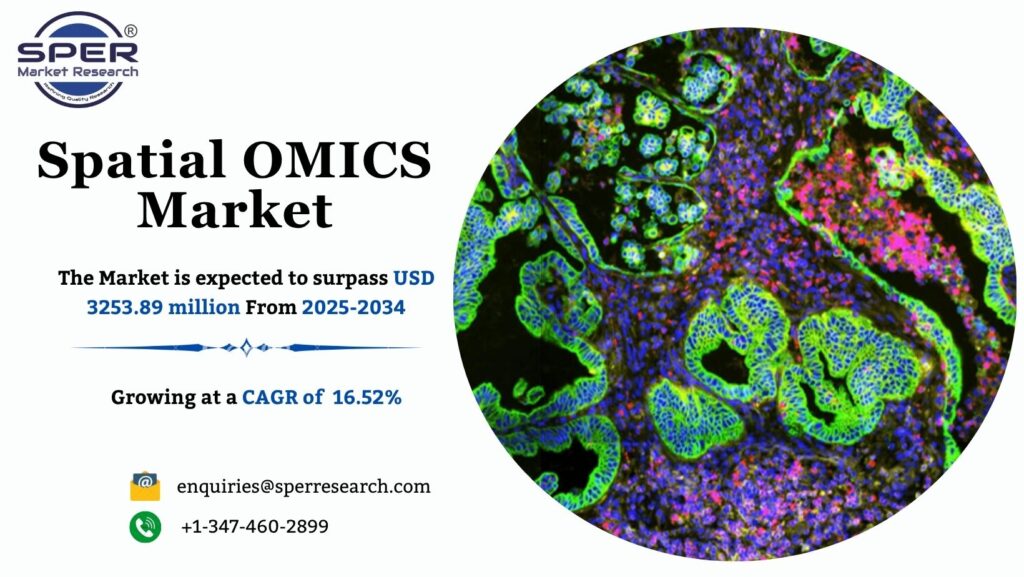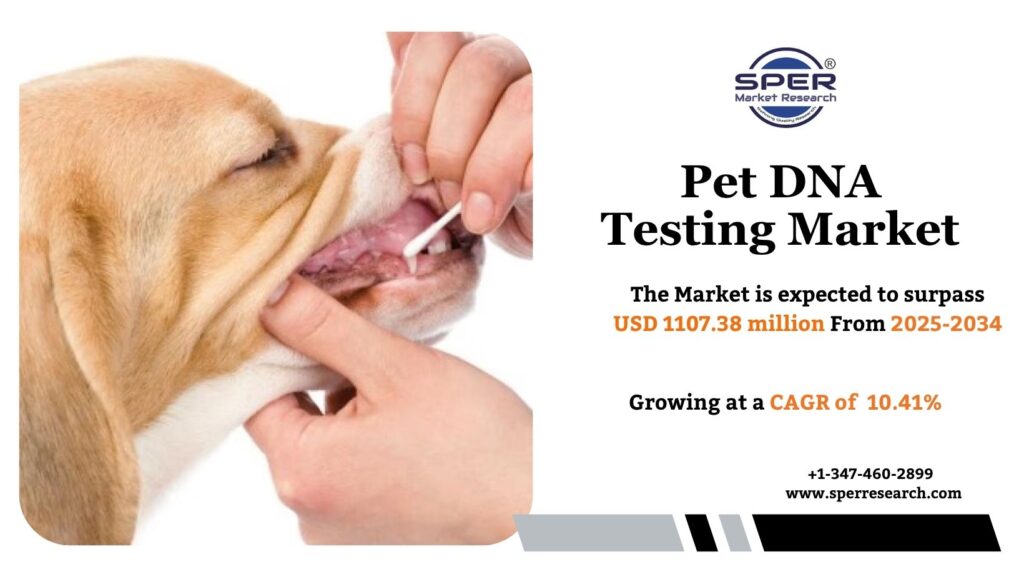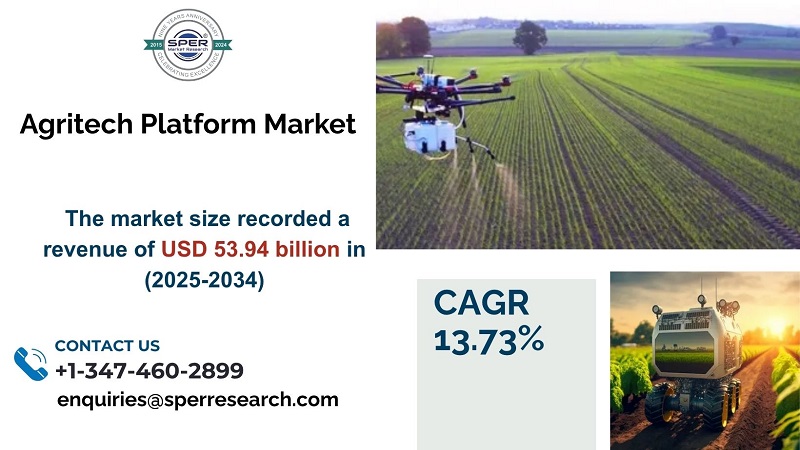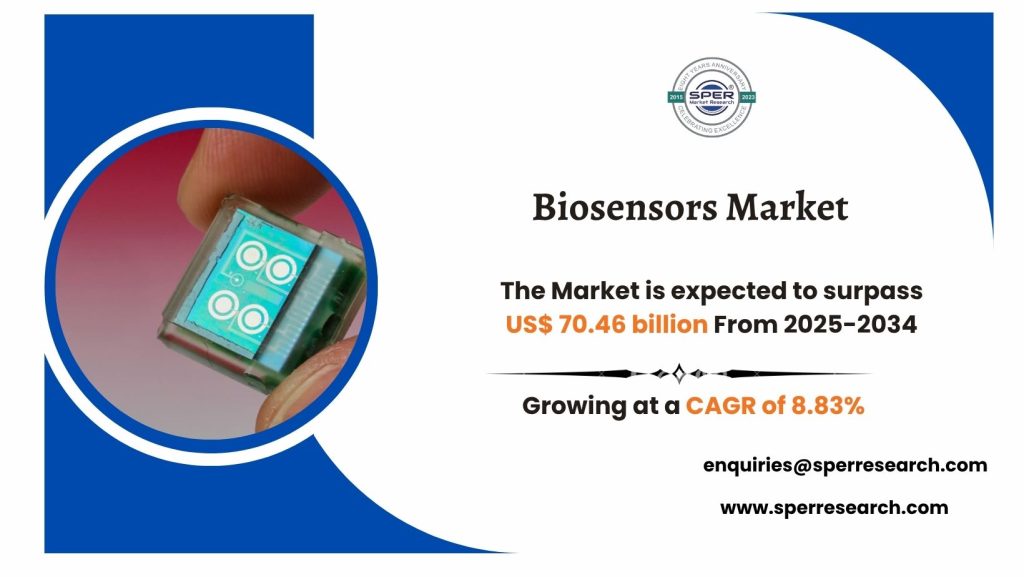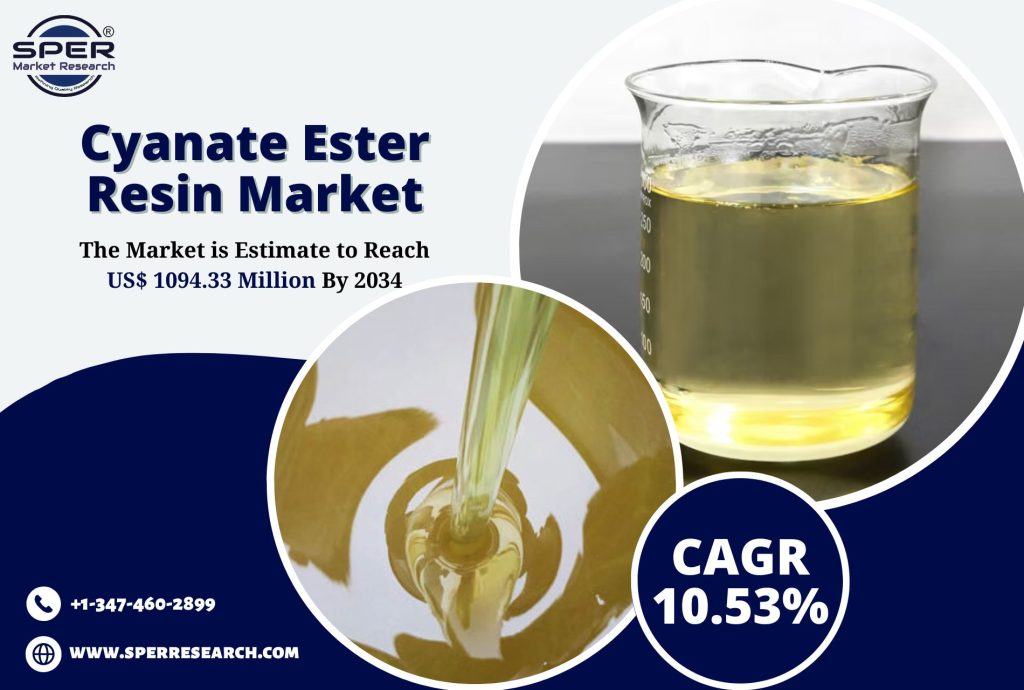PEGylated proteins are therapeutic agents that have been chemically modified by attaching polyethylene glycol (PEG) chains to enhance their clinical performance. This modification, called PEGylation, improves the stability, solubility, and circulation time of proteins in the body while minimizing immune responses and rapid breakdown. These improvements allow for reduced dosing frequency, leading to better patient adherence and outcomes, particularly in long-term treatments. PEGylated proteins are widely applied in treating various conditions, including cancer, hepatitis, autoimmune disorders, and hemophilia. Ongoing advancements in site-specific PEGylation techniques are further increasing the precision, safety, and therapeutic effectiveness of these proteins, reinforcing their importance as key tools in modern biopharmaceutical and drug development strategies.
According to SPER market research, ‘Global PEGylated Proteins Market Size- By Protein Type, By Application, By Product & Services, By End-user- Regional Outlook, Competitive Strategies and Segment Forecast to 2034’ states that The Global PEGylated Proteins Market is projected to be worth 4.96 billion by 2034 and is anticipated to surge at a CAGR of 11.98%.
Drivers:
There are several growth drivers propelling the global PEGylated proteins market. The PEGylated proteins market is rapidly expanding as the demand for advanced biologics and biosimilars continues to rise. PEGylation enhances protein stability, solubility, and therapeutic effectiveness, making treatments more efficient and reliable. The growth of oncology pipelines and increased clinical trial activity in cancer therapies are driving adoption of PEGylated protein-based drugs. Patient-focused strategies are promoting long-acting formulations, reducing dosing frequency and improving adherence. In addition, rising investments in site-specific PEGylation and conjugation chemistry are boosting innovation, strengthening product pipelines, and enabling more precise and targeted therapies. Collectively, these factors are broadening applications in chronic and complex diseases while supporting global market growth.
Request a Free Sample Report: https://www.sperresearch.com/report-store/pegylated-proteins-market?sample=1
Restraints:
The PEGylated proteins market is likely to encounter challenges due to the emergence of alternative drug delivery technologies. Methods such as lipid nanoparticles, albumin fusion, glycosylation optimization, and conjugation with biodegradable polymers provide extended half-life effects while avoiding some of the limitations associated with PEGylation. Biopharmaceutical companies are increasingly exploring these platforms to diversify their pipelines and reduce reliance on PEG-based solutions, particularly under regulatory scrutiny. In addition, the manufacturing of PEGylated proteins is complex and costly, creating barriers for smaller firms and limiting widespread adoption. These factors combined indicate that competition from innovative alternatives could constrain market growth, potentially slowing the overall expansion of PEGylated protein therapies in the near future. The Global PEGylated Proteins Market is dominant in North America due to the region’s advanced healthcare infrastructure, high prevalence of chronic and complex diseases, strong R&D investment, and the presence of leading biopharmaceutical companies. Some significant market players are Abcam plc., Aurigene Pharmaceutical Services Ltd., Celares GmbH, Creative PEGworks, Enzon Pharmaceuticals, Inc., Laysan Bio, Inc., Merck KGaA, NOF America Corp., Profacgen, Thermo Fisher Scientific, Inc.
For More Information, refer to below link: –
PEGylated Proteins Market Share
Related Reports:
Follow Us –
LinkedIn | Instagram | Facebook | Twitter
Contact Us:
Sara Lopes, Business Consultant — USA
SPER Market Research
enquiries@sperresearch.com
+1–347–460–2899
